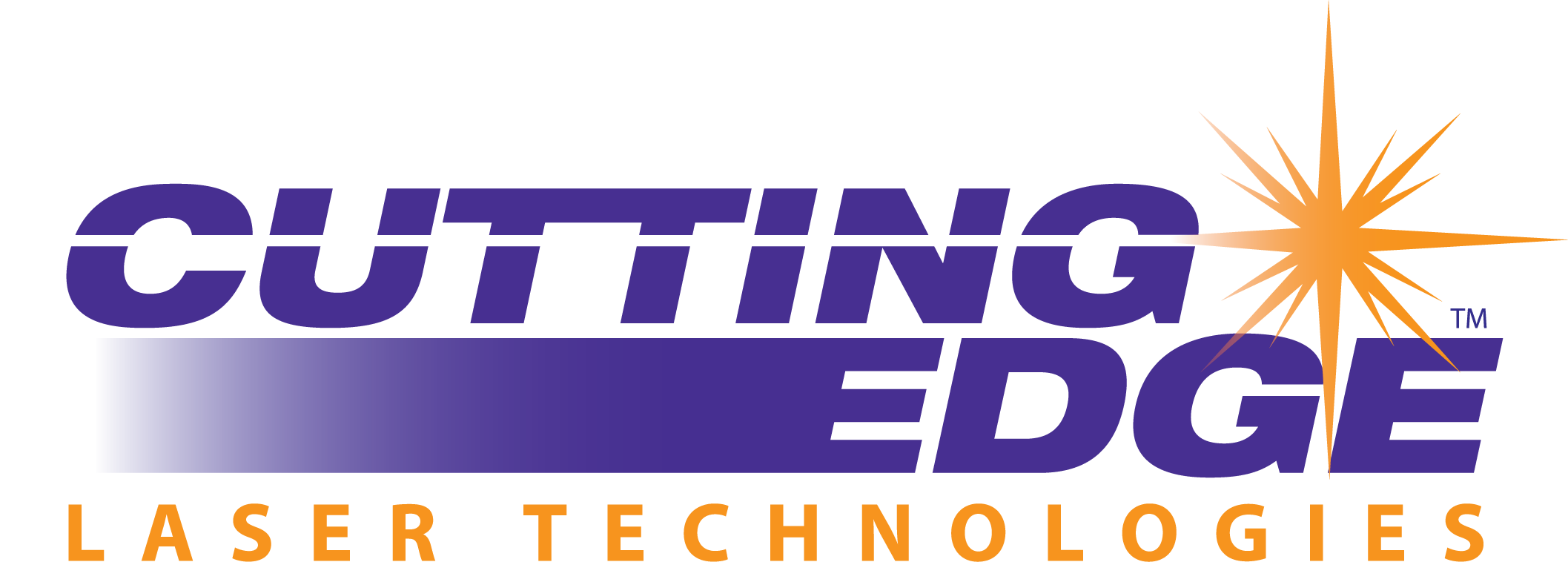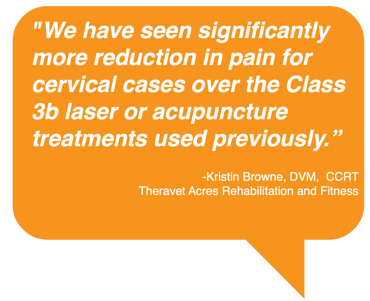Why Laser Surgery?
The veterinary laser provides the surgeon with improved hemostasis while significantly reducing the pain and swelling due to its unique properties. Using endoscopic, laparoscopic, and other minimally invasive methods, fiber directed laser energy (Diode and Ho:YAG) has been used to treat diseases of the upper and lower GI tract, including benign polyps, gastric ulcers, and intestinal neoplasia.
The veterinary laser provides the surgeon with improved hemostasis while significantly reducing the pain and swelling due to its unique properties. Using endoscopic, laparoscopic, and other minimally invasive methods, fiber directed laser energy (Diode and Ho:YAG) has been used to treat diseases of the upper and lower GI tract, including benign polyps, gastric ulcers, and intestinal neoplasia.
For most general practitioners the CO2 generated wavelength of energy provides the greatest application in soft tissue cases with the least negative impact on surrounding tissue.
Diode generated wavelengths have more limited soft tissue handling parameters but have the advantage of being functional in a fluid environment or through endoscopic application.
Ho: YAG generated wavelength energy is used primarily for minimally invasive urological techniques for ablation of bladder, urethral, and prostatic pathological conditions in small animals.
LASER SURGERY BASICS
Laser energy seals nerve endings and small blood vessels as it incises or ablates tissue. This results in less pain, less bleeding, and less swelling, all leading to a quicker recovery for the patient.
BENEFITS
• Reduced Pain: The laser beam seals nerve endings as it incises through tissue. This ultimately reduces the amount of pain that an animal feels during and after surgery.
• Reduced Bleeding: When making an incision, the laser beam cauterizes and seals blood vessels up to 1mm in diameter. The laser energy facilitates homeostasis and provides the surgeon with a virtually bloodless surgical field.
• Reduced Swelling & Infection: Physical contact between the laser and surgical region is never established, thus eliminating the crushing, tearing, and bruising of tissue associated with traditional surgical methods. Additionally, the laser energy acts as an antimicrobial/antibacterial agent producing high temperatures, effectively eliminating microorganisms.
• Extreme Surgical Precision: The laser produces a highly monochromatic, coherent beam of light that is accurately delivered to a point of focus. The accuracy of this focused beam of energy allows for the vaporization of cells while causing minimal damage to the healthy adjacent tissue.
• Quicker Recovery: The combination of the above attributes results in the benefit your clients may appreciate the most:
a quicker return to home and normal activities for their pet.

